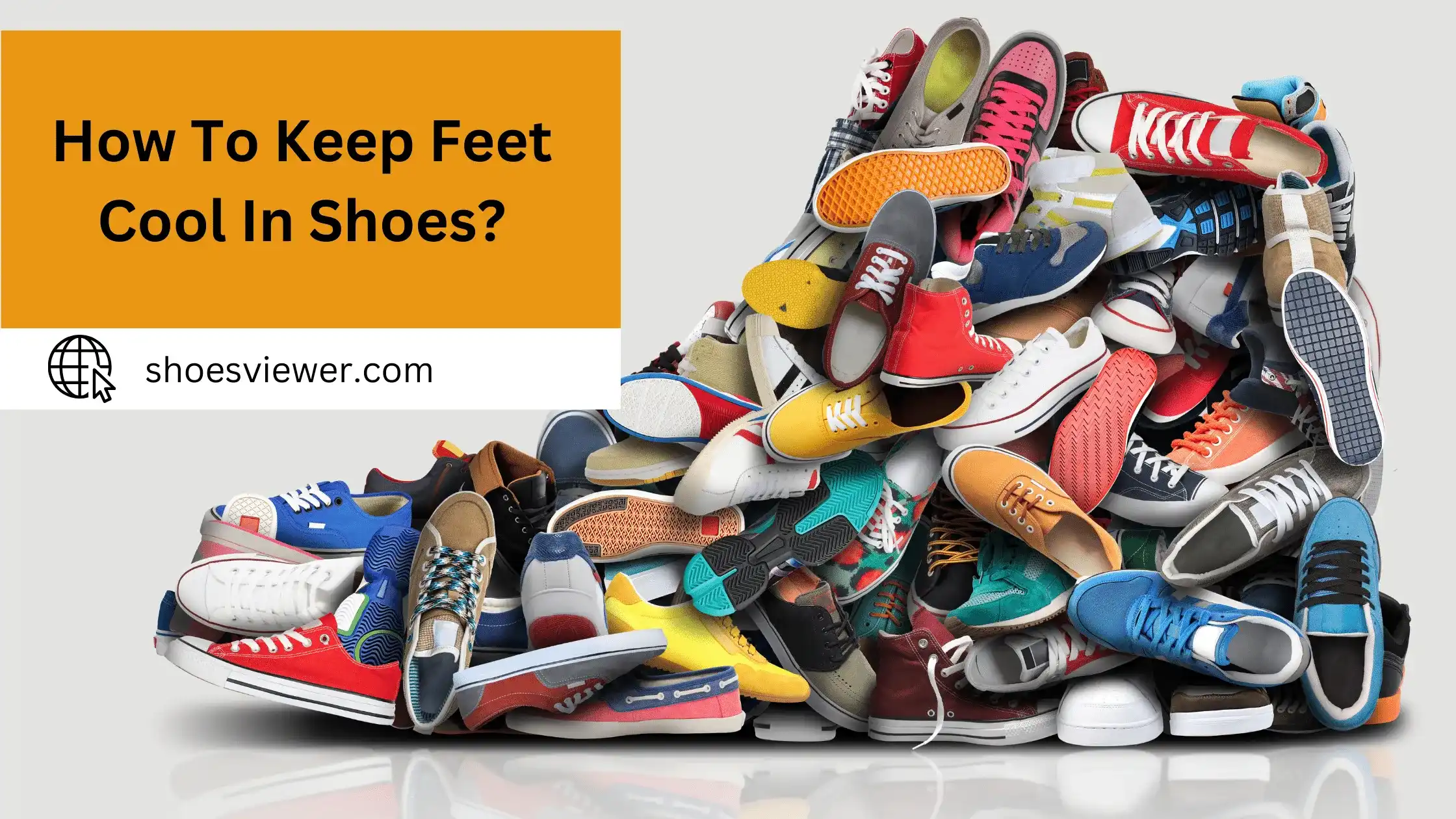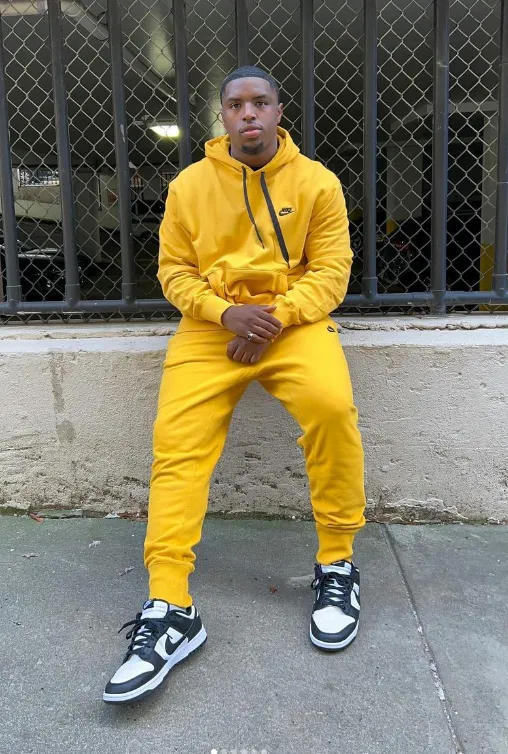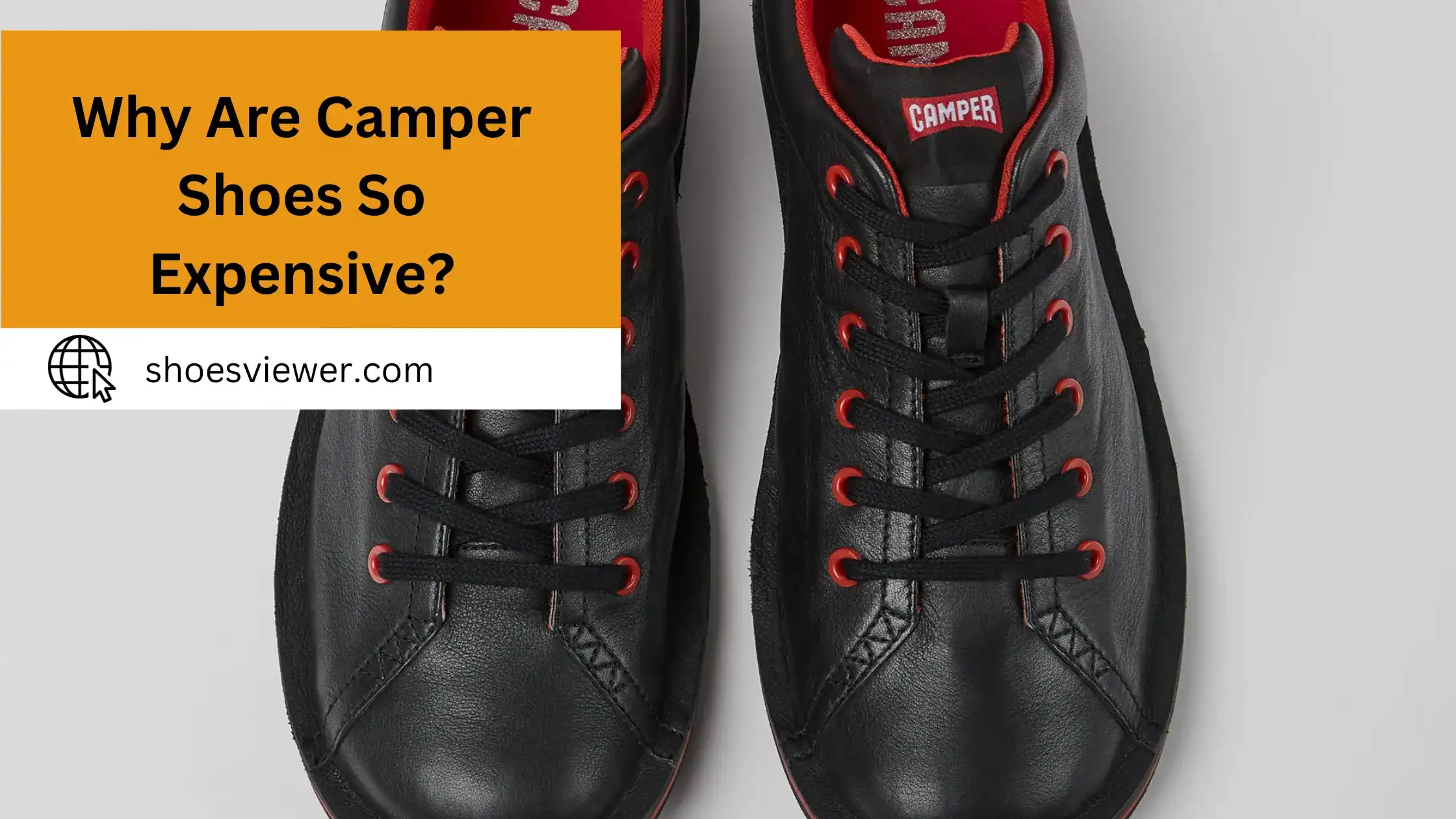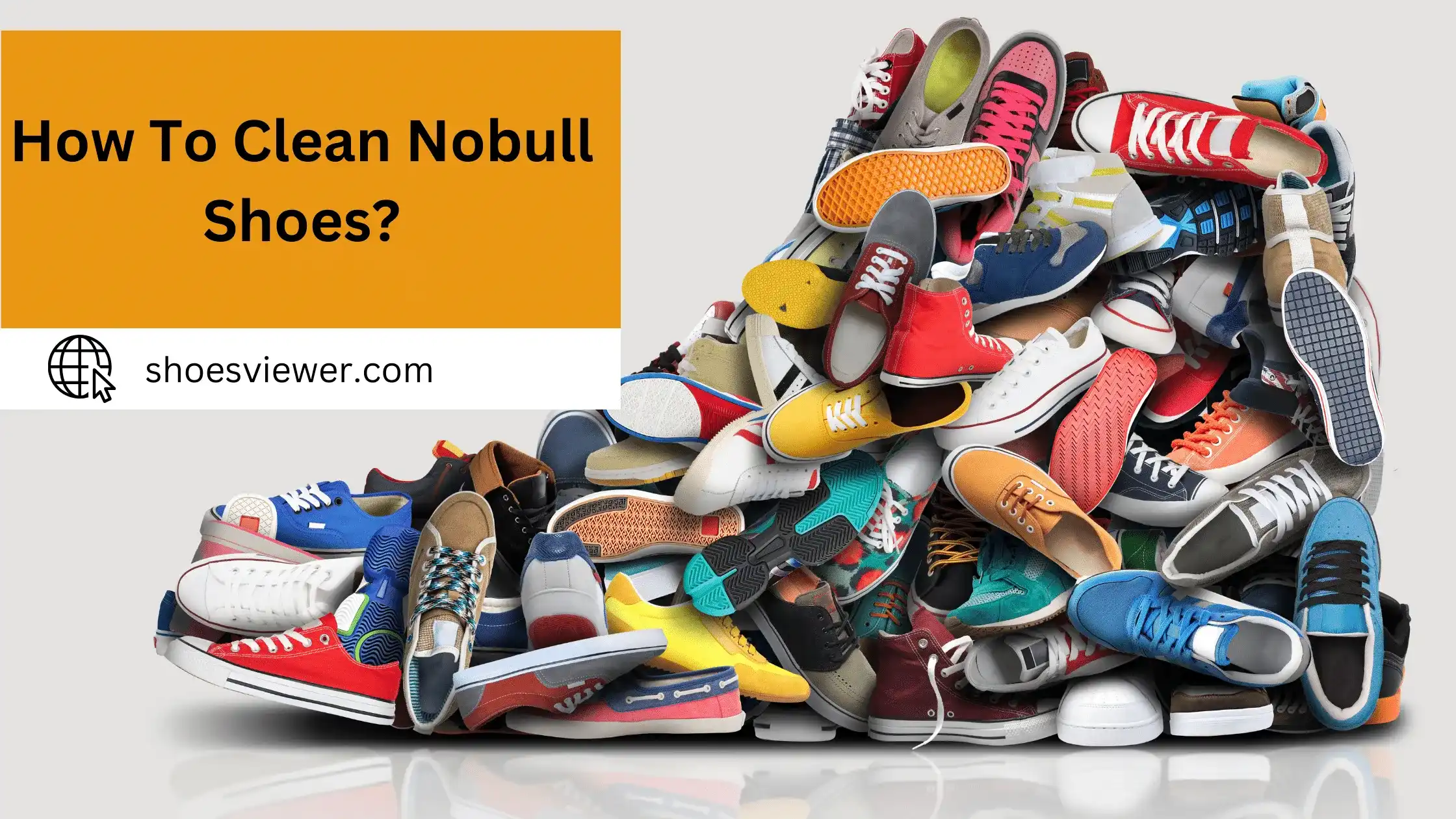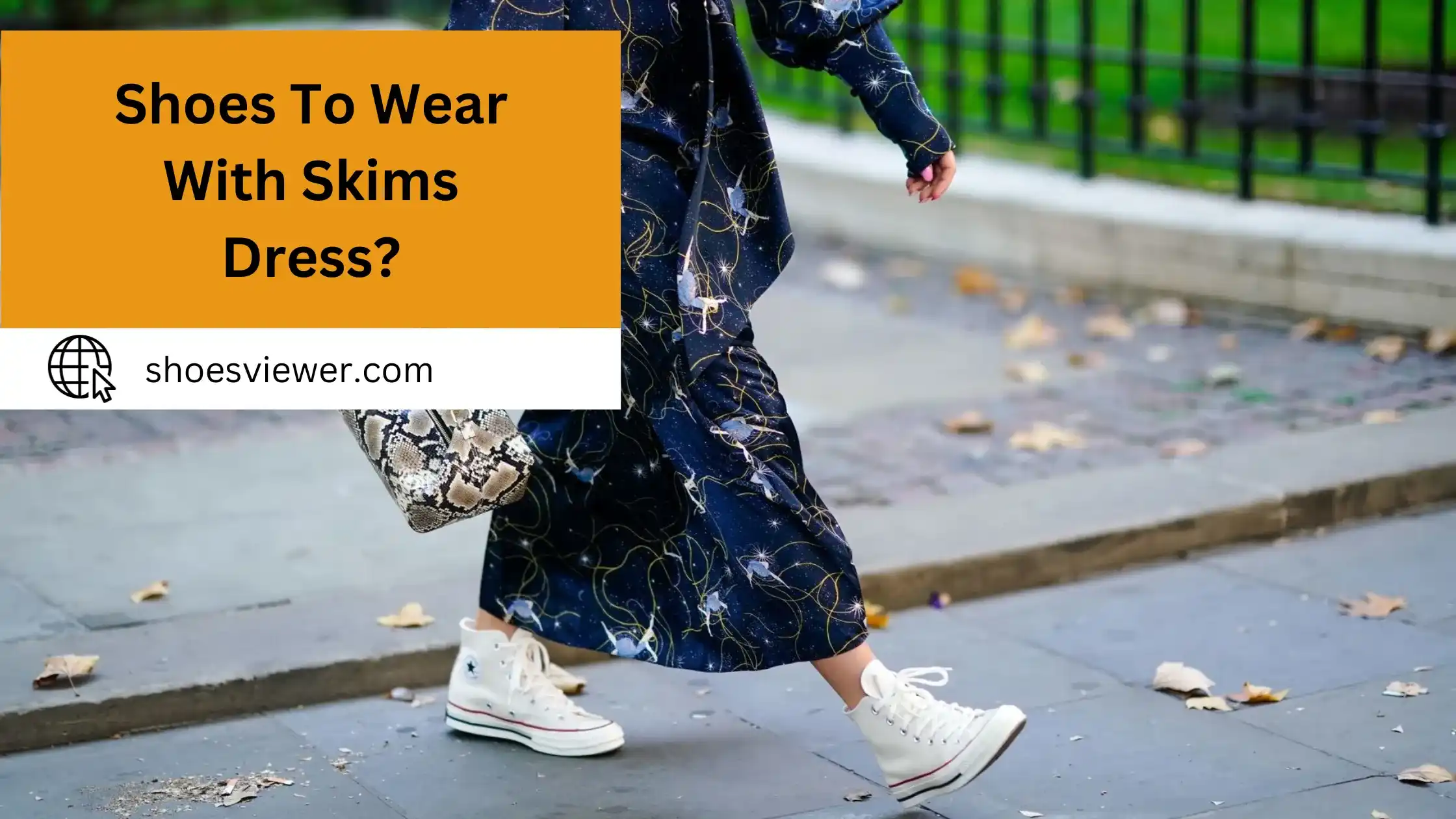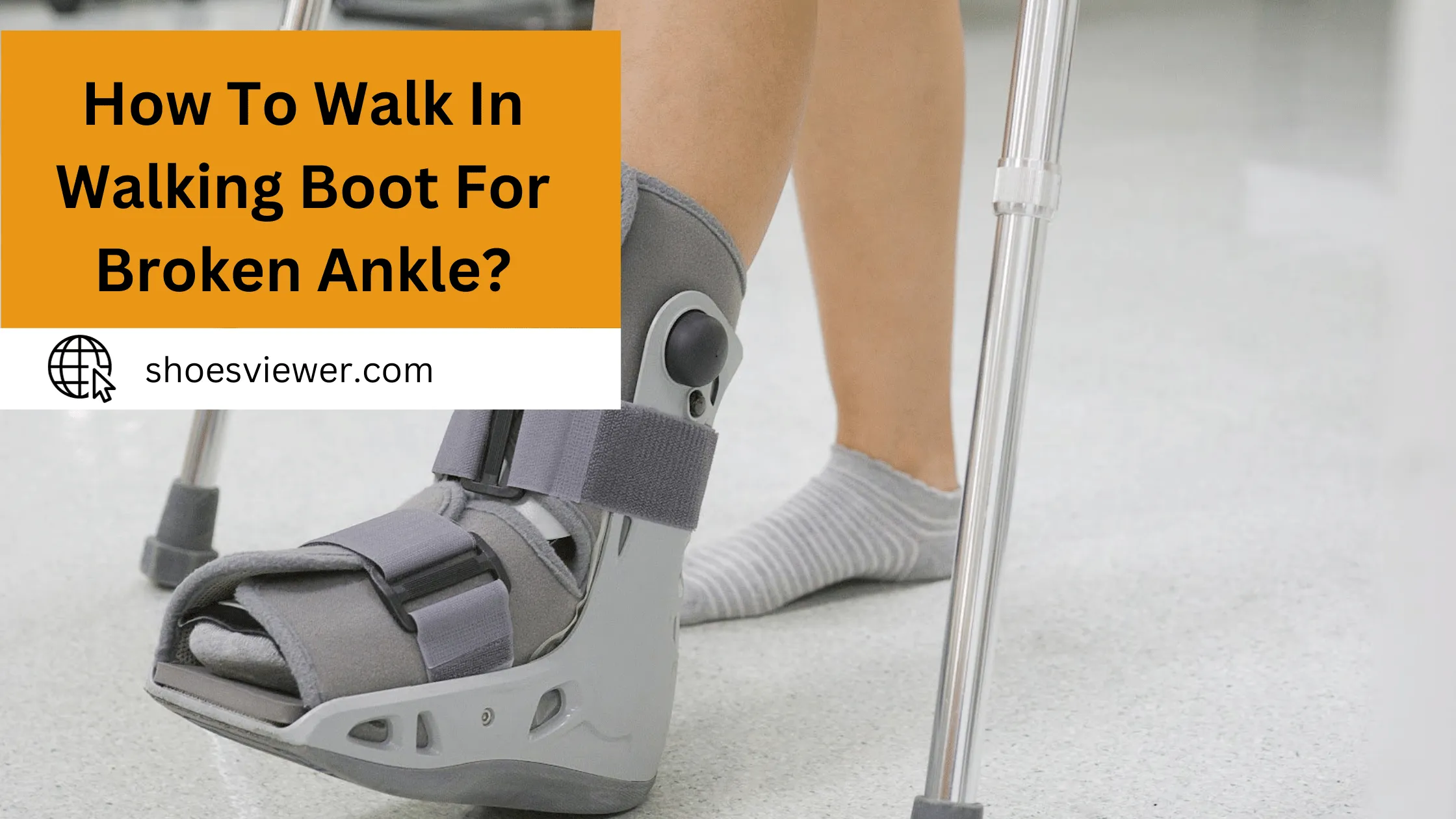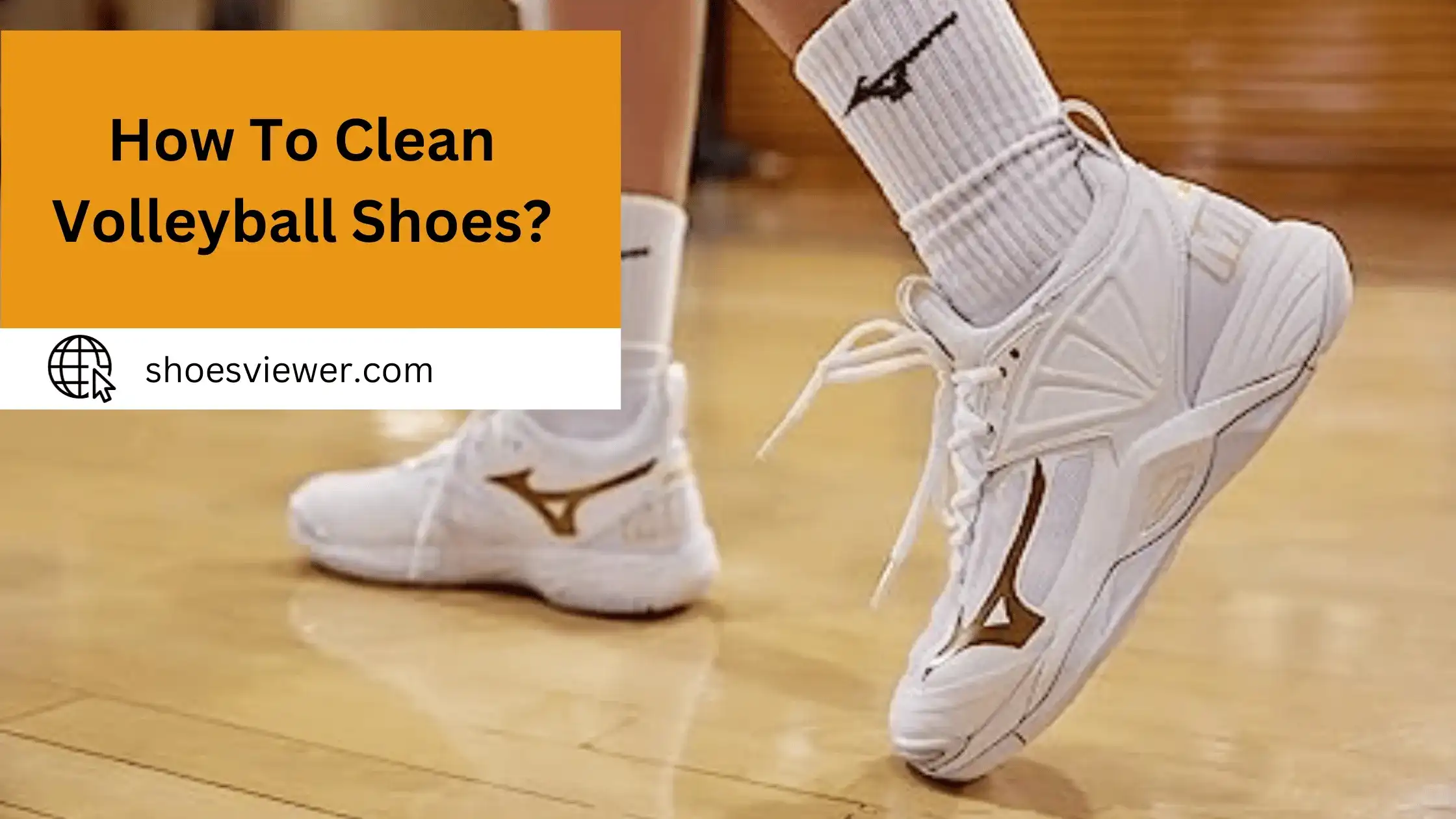As summer sets in, the last thing anyone wants is to be made even more uncomfortable with sweaty feet! It can be difficult to keep our feet cool during these hot months, especially if we have to wear closed-toe shoes for whatever reason.
However, there are methods and tips that can help ease this discomfort many of which may surprise you. Let’s dive into different techniques on how to keep your feet feeling dry and cool while staying in those drab but necessarily confined spaces.
The Science Behind Hot Feet in Shoes:
The sensation of hot feet in shoes can be attributed to a variety of factors rooted in physiology, shoe design, and external conditions. From a physiological standpoint, the feet contain a rich network of blood vessels and around 250,000 sweat glands, which can produce significant amounts of sweat each day. While this is a natural cooling mechanism, it can create a microenvironment within the shoe that feels warm or hot, especially if the moisture is trapped.
Shoe materials and design can further exacerbate this issue. Non-breathable materials like synthetic leather, rubber, or certain fabrics can trap heat and moisture, reducing the shoe’s ability to ventilate. This effect is compounded if the shoes are too tight, causing increased friction and heat production.
Choosing the Right Footwear to Keep Feet Cool:
Keeping your feet cool in shoes can significantly enhance your comfort, especially during hot weather or physically demanding activities. Here are some practical ways to maintain cooler feet:
Choose Breathable Materials:
Materials that are breathable facilitate better airflow around the foot, which can help prevent the build-up of moisture and heat. Breathable materials wick away sweat, reducing the likelihood of foot odor and fungal infections. When shopping, check the shoe labels or descriptions for terms like “breathable,” “ventilated,” or “air mesh.” You can also do a “breath test” by blowing air into the shoe to see if you can feel it on the other side.
Loose Fit:
A shoe that is too tight restricts blood flow and traps heat, causing discomfort and increasing the chances of foot issues like blisters and calluses. Your shoe should have enough space to comfortably fit your feet but should not be so loose that it slips off. Remember that feet can swell during the day or during physical activity, so give yourself some extra space.
Open Design:
Open designs like sandals or open-toed shoes provide the most direct form of ventilation, allowing air to freely circulate around the entire foot. Depending on the occasion, you can opt for casual sandals, flip-flops, or more formal open-toed heels. For athletic activities, look for shoes with ventilation holes or mesh panels.
Light Colors:
Dark colors absorb more heat, making your shoes and by extension, your feet hotter during sunny days. Stick to lighter shades like white, beige, or light gray, especially if you’ll be outdoors for extended periods. Light colors are often easier to match with summer outfits and are suitable for outdoor events like picnics, beach outings, or festivals.
Sock Choices:
Moisture-Wicking Material:
Moisture-wicking materials quickly pull moisture away from the skin, allowing it to evaporate. This keeps your feet drier and cooler for extended periods, reducing the risk of blisters and fungal infections. Look for socks that specify “moisture-wicking” or “quick-drying” on the label. These usually consist of synthetic fibers or specially-treated natural fibers.
Breathable Design:
Ventilation zones or mesh panels in socks can significantly improve air circulation, making your feet feel cooler and less sweaty. Look for socks labeled “ventilated” or “breathable,” and inspect the socks for visible mesh zones or thinner material areas that will allow for greater airflow.
Thin Over Thick:
Thinner socks are generally more breathable and less insulating than thicker socks, making them a better choice for hot conditions. Unless you’re hiking or need cushioning, opt for socks that are thin but still provide some level of support and moisture-wicking properties.
Personal Care:
Foot Powder:
Foot powders are excellent for absorbing extra moisture, which can help your feet stay cooler. Many also offer antifungal properties. Apply a light layer of foot powder to your feet, focusing on areas prone to sweat like between the toes and the soles.
Cooling Sprays and Gels:
Cooling sprays and gels usually contain ingredients like menthol or peppermint that provide a temporary cooling sensation, offering quick relief from heat and discomfort. Spray or apply the gel as directed on the packaging. Be sure to let your feet dry before putting on socks and shoes.
Hygiene:
Clean, dry feet are less prone to issues like bacterial and fungal growth, which can exacerbate feelings of heat and discomfort. Wash your feet daily with soap and water, and make sure to dry them thoroughly, especially between the toes. This creates a less favorable environment for bacteria and fungi.
In-Game or In-Activity Adjustments:
Change Socks:
Swapping out sweaty, moist socks for a fresh pair can immediately make your feet feel cooler and more comfortable, reducing friction and the chance of blisters. Ideally, change your socks during halftime in a sporting event, during a work break, or even after a strenuous part of a hike.
Rest and Elevate:
Why It Matters: Elevating your feet helps with blood circulation and can alleviate feelings of heaviness or heat that can accumulate during intense activity. Find a comfortable spot to sit down and elevate your feet, preferably above heart level, for a few minutes.
Ice Packs:
Ice packs offer a quick, immediate solution to overheating by lowering the temperature around your feet rapidly. Always wrap the ice pack in a cloth or towel to prevent frostbite and hold against the soles of your feet or wrap around them for a few minutes. Limit the application to 20-minute intervals to avoid skin damage.
Environmental Tips:
Shade and Surfaces:
The surface you’re standing or walking on can contribute to the heat your feet experience. Hot pavement or sand can significantly increase discomfort. Whenever possible, opt for walking on grass, staying in shaded areas, or using mats or other barriers between your feet and hot surfaces.
Air Conditioning and Fans:
Controlled environments like air-conditioned rooms or areas with fans can significantly contribute to cooling down your feet. During breaks, try to spend some time in these cooler areas. If you’re at home or in a setting where you have control, position a fan to circulate air around your feet.
Conclusion:
Shoes can be a challenge, especially when it comes to keeping feet cool in the heat. With a few simple strategies, it is possible to wear shoes and create an environment that keeps your feet cool and comfortable even on the hottest of days.
Additionally, always remember the importance of regularly checking your shoes for signs of wear and tear so you can take preventative measures to combat odors or keep your feet from becoming too uncomfortable. Keeping your feet as cool as possible while living a life in shoes doesn’t have to be difficult just practice the tips mentioned above with each pair!
